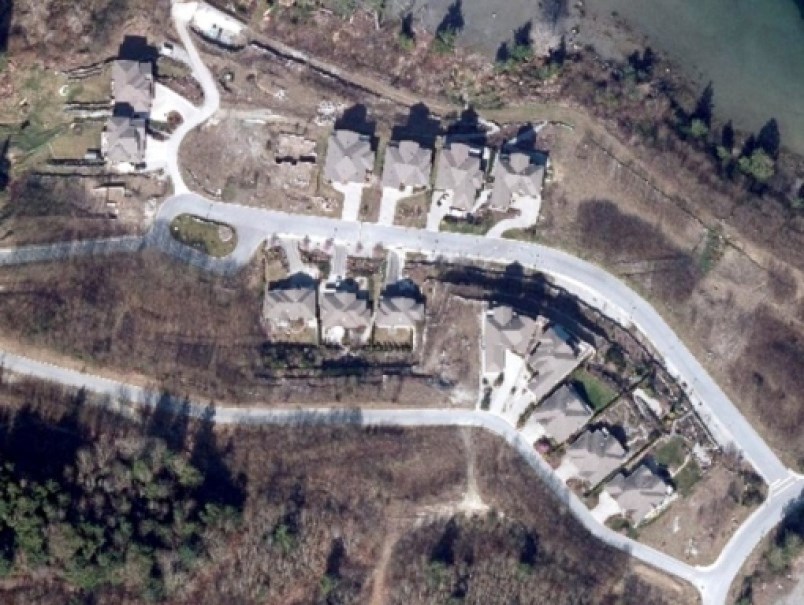The District of Sechelt has filed a petition in BC Supreme Court seeking to overturn part of an Office of the Information and Privacy Commissioner (OIPC) order to release documents related to the Seawatch subdivision.
At issue are 30 documents covered by an FOI request filed by one of the Seawatch property owners on Nov. 19, 2015, about nine months after the first home in the area was evacuated because of sinkholes that have been appearing since 2012.
The entire neighbourhood was evacuated in February of this year, and the area remains under a state of local emergency.
The 30 documents subject to the court challenge are the last of 342 from the original FOI request that the district had refused to release citing solicitor-client privilege, “in the context of the Seawatch actions or the Concordia action or other anticipated litigation,” as well as other reasons such as disclosure of personal or third-party information.
The OIPC became involved when the FOI applicant asked for a review of that decision in early 2016, and after mediation failed, he requested a full inquiry in March of 2018.
A month later more records were released and, according to the district’s court petition, “in the course of the inquiry, the district produced to the applicant emails from 124 of the 342 disputed records.”
In a ruling posted Oct. 4, an OIPC adjudicator ordered an additional 84 records released.
Some of those emails or email strings involve communication between the district, its lawyers, Thurber Engineering and other engineering firms, as well as Seawatch property owners and the developer, Concordia.
“It does not make sense to claim that a communication that included a Concordia representative or opposing counsel, for example, would qualify as a confidential solicitor-clients communication particularly given the context of the Seawatch litigation,” OIPC adjudicator Laylí Antinuk wrote.
Antinuk also ruled that the district was within its rights to withhold some of the records based on the claim that they were part of preparations for litigation that the district expected to come as early as 2012, the same year some property owners and the developer filed notice of damages under the Local Government Act.
In the case of one email, sent in 2015 and referred to in the order as email B, the OIPC adjudicator rejected the applicant’s argument that releasing personal information, including information that outlines “legal issues, other than Seawatch, that certain identifiable individuals had with the district,” would be “desirable for the purpose of subjecting the district’s Seawatch-related activities to public scrutiny.”
The OIPC gave the district until Nov. 19 to comply with its order, and 54 of the records were released by the deadline. The district is asking the court to quash the order on the remaining 30, arguing that the OIPC adjudicator erred in ruling that they are not covered by solicitor-client privilege or similar exemptions related to ongoing litigation and efforts to negotiate settlements.
At one point in the ruling, the OPIC adjudicator quotes a section of the FOI applicant’s submission.
“For the past four years,” it says, “the District of Sechelt has used every method to refuse my access to the information I requested… My contention is that there may have been prior knowledge of issues on the property or that had repairs been made as directed by the District’s engineers then perhaps we would not find ourselves in this position… Given the magnitude of the circumstances and the roadblocks I have been subjected to, I sincerely believe that the public good would be served by a release of these documents and all the documents I have asked for.”
In its BC Supreme Court petition, the district said it “has committed to the Seawatch owners that it will remain transparent in this matter and directly inform them of any technical developments, and posts all new non-privileged information [to its website]. This, however, is done in the context of the fact that it is a defendant in a complex ongoing litigation.”
OIPC has not yet filed a response and the court has not set a date to hear the district’s petition.



